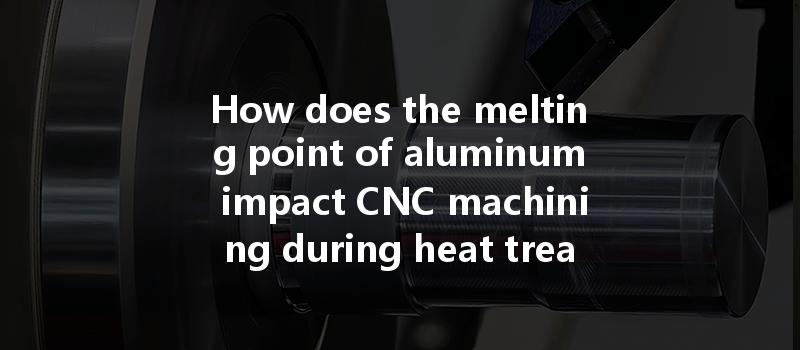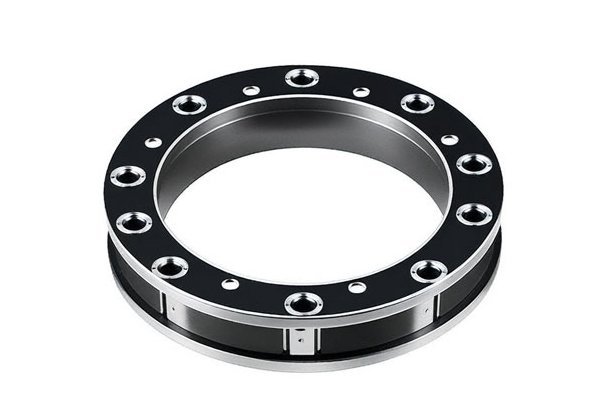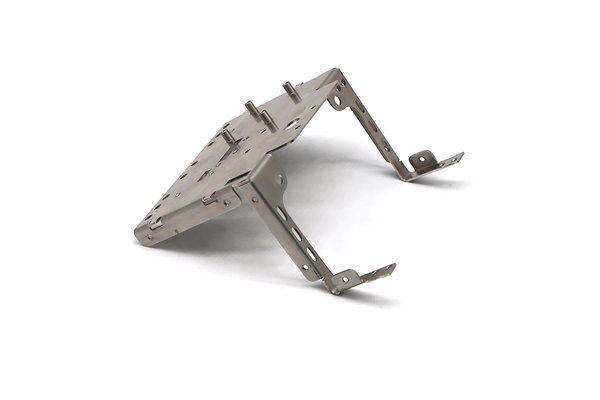Did you know that aluminum has a melting point of approximately 660.3 °C (1,221 °F)? This fact is particularly fascinating when considering the implications of aluminum’s melting point on various manufacturing processes, especially Computer Numerical Control (CNC) machining methods, which are pivotal in producing precise metal components. While aluminum is well-regarded for its lightweight, durability, and corrosion resistance, its melting point can significantly impact how it is machined during heat treatment processes. In this blog, we’ll delve into the intricate relationship between the melting point of aluminum and its effects on CNC machining, offering detailed insights, practical solutions, and the latest techniques to ensure superior outcomes in manufacturing.
Understanding Aluminum and Its Melting Point
Aluminum is one of the most widely used metals in various industries, including aerospace, automotive, construction, and electronics. Its unique properties—lightweight yet strong, excellent electrical conductivity, and resistance to corrosion—make it an ideal choice for countless applications. However, understanding aluminum’s melting point is crucial for effective CNC machining, particularly during heat treatment.
What Is Heat Treatment?
Heat treatment refers to a series of thermal operations performed on metals and alloys to alter their physical and sometimes chemical properties, enhancing their strength, hardness, ductility, and corrosion resistance. In the case of aluminum, heat treatment processes may include:
The Impact of Melting Point on CNC Machining
The melting point of aluminum affects several aspects of CNC machining during heat treatment:
Solutions for Effective CNC Machining of Aluminum During Heat Treatment
Choosing the Right Aluminum Alloy
Different aluminum alloys have varying melting points and responses to heat treatment. For example:
When selecting materials for CNC machining, consider the alloy’s melting point and how it responds to heat treatment processes.
Controlling the Heating Process

Maintaining precise temperature control during heat treatment is essential:
Advanced Machining Techniques
Employing innovative techniques can enhance outcomes during CNC machining of aluminum:
Simulation and Modeling Technology
Utilizing computer-aided design (CAD) and computer-aided manufacturing (CAM) software can help predict and simulate machining behaviors before executing in real-time. Advanced software can analyze:
Quality Control Metrics
Regular assessment of the final product’s physical properties is vital for quality assurance:
: Mastering the Melting Point’s Influence
Navigating the intricacies of aluminum machining during heat treatment processes demands a comprehensive understanding of its melting point and the implications it holds for CNC manufacturing. By embracing the techniques covered in this blog, such as selecting the right alloy, controlling heating processes, employing advanced machining techniques, and utilizing simulation technologies, manufacturers can enhance product quality and performance.
Understanding the melting point of aluminum and its effects on CNC machining is vital for anyone involved in manufacturing. Whether you’re a seasoned engineer or a newcomer to the industry, this knowledge empowers you to make informed decisions that drive efficiency, quality, and durability in your fabricated products.
Continuously refining your processes in response to the melting point’s impacts is not only beneficial for immediate projects but also fosters long-term improvement in manufacturing operations. In the realm of CNC machining, paying heed to these essential details can be the difference between standard production and exceptional engineering. So remember, next time you handle aluminum in your CNC projects, consider its melting point—it’s more than just a number; it’s a pathway to quality and precision in every component you create.






